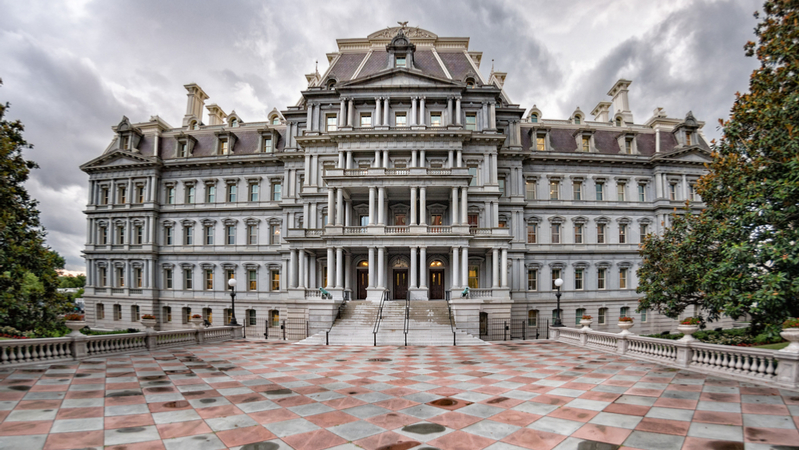
President Biden’s Executive Order issued today on the broad topic of improving security of Federal buildings and facilities touches on IT improvements and Federal workforce mobility, but does not spell out the extent of how those factors may eventually come in to play.
The Nov. 27 order focuses on a series of steps to “enhance the quality and effectiveness of security in and protection of buildings and facilities in the United States occupied by Federal employees or Federal contractor workers for nonmilitary activities,” along with providing an enduring structure to address continuing improvements to security of Federal facilities.
The order creates a new Interagency Security Committee to be made up of the Homeland Security Secretary plus appointees from 18 of the 24 Federal CFO Act agencies, and appointees from the Director of National Intelligence, FBI, Central Intelligence Agency, Federal Protective Service, and the U.S. Marshals Service.
The committee’s taskings include establishing standards and policies for facilities protection, evaluating existing security standards, creating strategies to monitor implementation of new standards, and sharing security-related intelligence.
As part of that work, the committee will assess “technology and information systems as means of providing cost-effective improvements to security in Federal facilities,” the executive order says.
The committee also will provide “best practices for securing a mobile Federal workforce,” the order states.
The committee has a one-year deadline to deliver a report to the White House and the Office of Management and Budget on agency compliance with the committee’s recommendations.
The order says that agencies will have to comply with standards and policies issued by the committee except in cases in which Federal intelligence agencies determine that compliance “would jeopardize intelligence sources and methods.”
